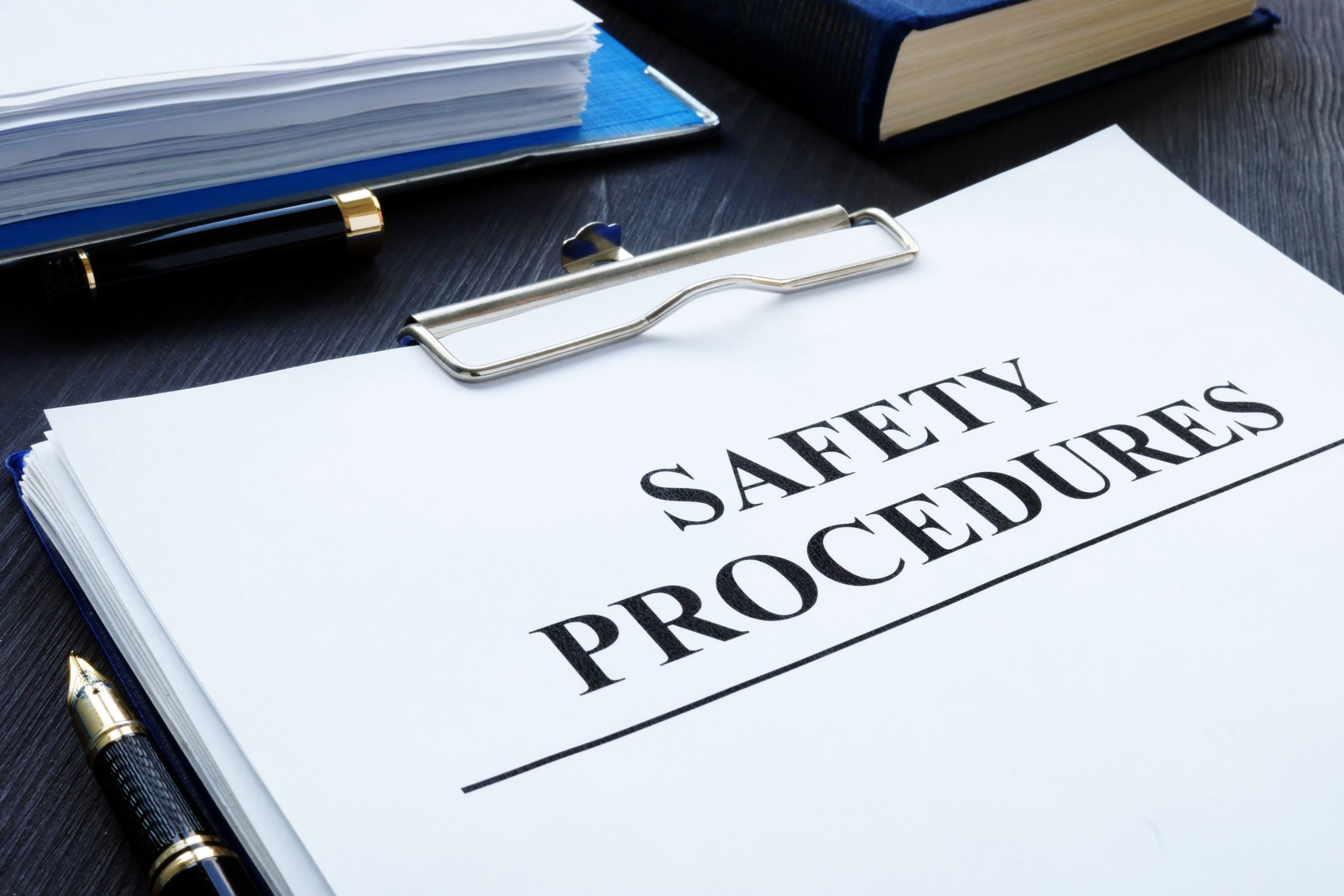Crisis Communication: Tips for Event Safety
The swimming pool of meeting and event safety has a variety of items floating in it, from physical safety and health concerns to climate change and political upheaval. One of the key elements that tie these together is communication. And in the case of event safety and security, it’s crisis communication.
One of the advantages of putting together a crisis communication plan (CCP) is how much it can actually relieve the pressure of managing an unknown (or even a known) safety incident. Here are some action items to help you create a CCP of your own.
Identify Your Crew
Meeting planners have very full plates these days. What was once akin to “party planning” is now a strategic effort in design, experiences, and revenue. When it comes to handling crisis communication, the meeting planner won’t be doing it alone. A CCP may include staff from all areas of the organization, such as executives, marketing & communication, legal, HR, and subject matter experts. Assigning crew to the CCP early on means that everyone already knows their roles when the crisis happens.
Anticipate and Prepare
A quick look at the day’s news is enough to help know if something has the potential to become a negative influence on meetings and events. Health scares, inclement weather, and political protests often appear as small stories with mere watches or warnings. This provides the basic information to draft placeholders for future incident statements.
Sometimes, we may know of the incident before it occurs – making a significant schedule change to the annual event, hiring a controversial speaker, or requiring specific healthcare procedures. In addition, this lays the groundwork for safety prep, too. If, for example, the controversial speaker might draw unwanted attention or guests, then prepare to work with the venue or hire extra security in advance.
Train Your Team
Once each member of the CCP has his, her, or their assignments, make sure everyone has the training to fit the bill. Whoever could be the spokesperson must learn how to work with the media. The social media role should know when, how, and why to send a tweet or post to preferred channels. The IT person should know when to update the organization’s app, the meeting/event app, and the web pages accordingly.
Set up Notification & Monitoring
Don’t wait for a crisis for members of the CCP team to get to work, especially if questions are anticipated to arise in advance from attendees. It was necessary (and may still be) at meetings during COVID-19, for instance, to keep registrants up to date on vaccination requirements and testing. However, even before a crisis happens, know how the CCP will notify stakeholders. Will the communication arsenal include texts, emails, social media, the app, and email? Understand what will work best for the audience for maximum message distribution.
Once the message is out, team members need to monitor attendees reactions and concerns. This might be done by smartphone notifications, Google alerts, and social media status updates. No matter how the CCP plans to monitor, ensure to have some advance holding statements prepared.
Be Accurate & Concise
It only takes the discovery of one omission or unintended falsehood to ruin trust and reputation. In all communication – a crisis being no exception – be honest, be brief, and be consistent. Confirm sources used to create messages are legit and make sure they are accurate and correct. It’s also helpful to focus only on the crisis at hand. Keep the message simple and suitable for the audience and make it media appropriate.
The most helpful crisis communication plans are those that begin before they are needed, with the entire team on board. They are practiced, prepared, and honest.
Alan Kleinfeld has more years in meeting management than he wants to admit, combined with nearly two decades of law enforcement experience. He’s a sought-after consultant, speaker, writer, and trainer. His safety topics have included site selection, event safety, emergency operations, and crisis communications. Contact him at [email protected].


